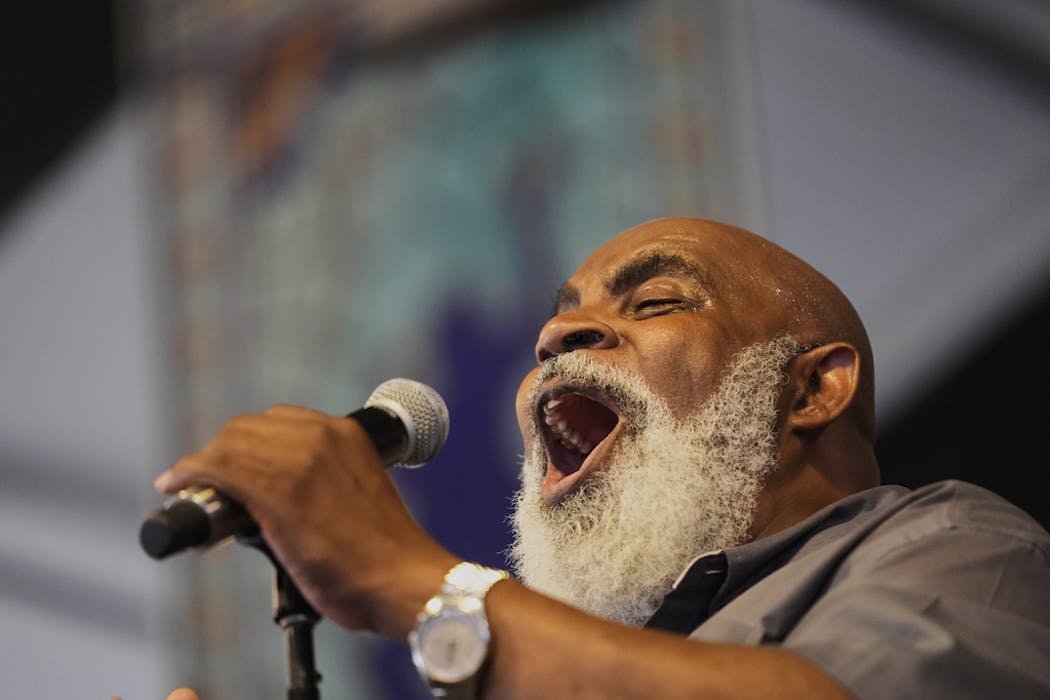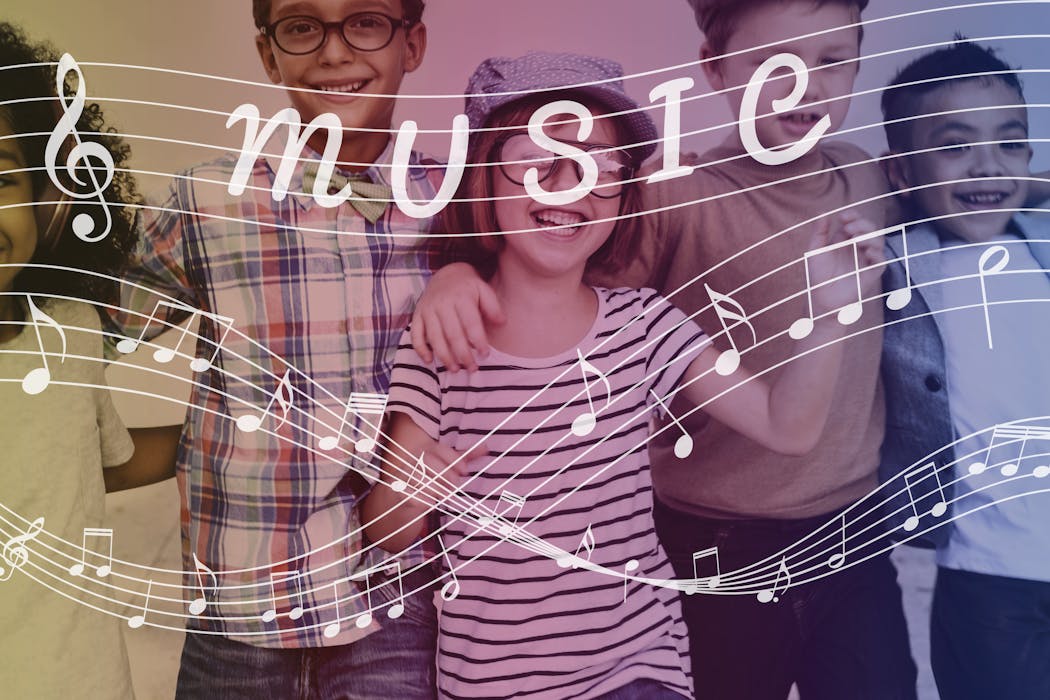
What is Music Therapy? The answer to this question can be straight-forward, and at the same time… a little puzzling.
(Jump to official definitions)
- Is it using music to influence our moods – like kicking back and relaxing to a soothing tune after a long day, or listening to upbeat numbers while working out at the gym?
- Sure!
- Is it listening to magical Raagas to improve health and well-being?
- It can be.
- Is it fooling around with musical instruments to treat serious neurological disorders?
- Of course!
Wait.. What?
You read that right! Music Therapy is successfully used worldwide to treat people with a number of neurological conditions such as Autism. And, that’s not all. Music Therapy is helping people overcome a wide range of challenges to their mental and physical well-being, such as – developing social and communication skills, improving memory, treating trauma, insomnia, dementia, depression and anxiety, developing the ability to think, speak, and even – move!
But, how could Music Therapy do all these? Well, that brings us back to our first question – what is “Music Therapy” anyway? Is it the same kind of musical healing that has been practiced throughout human history? Not exactly. Modern Music Therapy is considered to have begun in the 19th century during World War I, when Doctors noticed a remarkable improvement in wounded soldiers’ conditions as a result of musicians playing to/with them. Since then, music therapy has interested researchers who keep studying various ways music can affect the human body and mind.
Therefore, the core difference between “Musical healing” of the past and “Music Therapy” of the present is that the latter is backed by – evidence! Beyond all the anecdotes of people who have attested to the healing attributes of music, constant development in technology has enabled researchers to delve deeper into the human body. Machines can now display complex mechanisms such as chemical releases or electro-magnetic waves in the body in real-time. This has enabled scientists to study the effects of music for the first time, in all its glory.
A good question at this point might be – what the modern “Music Therapy” process looks like. Well, music therapy is truly a giant umbrella that encompasses many major forms of therapeutic methods, in the form of various activities which are paired with music and all of its components:
- Sonic (sound),
- Visual (music video, musical score, appearance of instruments etc.),
- Smell (e.g. the smell of the materials the instruments are made from),
- Tactile (how the instruments feel to the touch) and more.
No matter what type of method the music therapist uses, they all have one thing in common – evidence! In fact, this is what we see when we look at the definitions of music therapy provided by two of the world’s leading music therapy organizations –
“Music therapy is a research-based allied health profession in which music is used to actively support people as they aim to improve their health, functioning and well-being.”
(Australian Music Therapy Association)
“Music therapy is the clinical and evidence-based use of music interventions to accomplish individualized goals within a therapeutic relationship by a credentialed professional who has completed an approved music therapy program.”
(American Music Therapy Association)
So, there you have it – next time someone asks you if music therapy is magic or science, you know exactly what to say. In the end, it’s good to remember that, while music is undoubtedly magical, music therapy is certainly science.
Find out how Torongo Therapyplus can help you with your needs. Get in touch with us at smile@torongo.life, or call us on 02 8809 9965.































